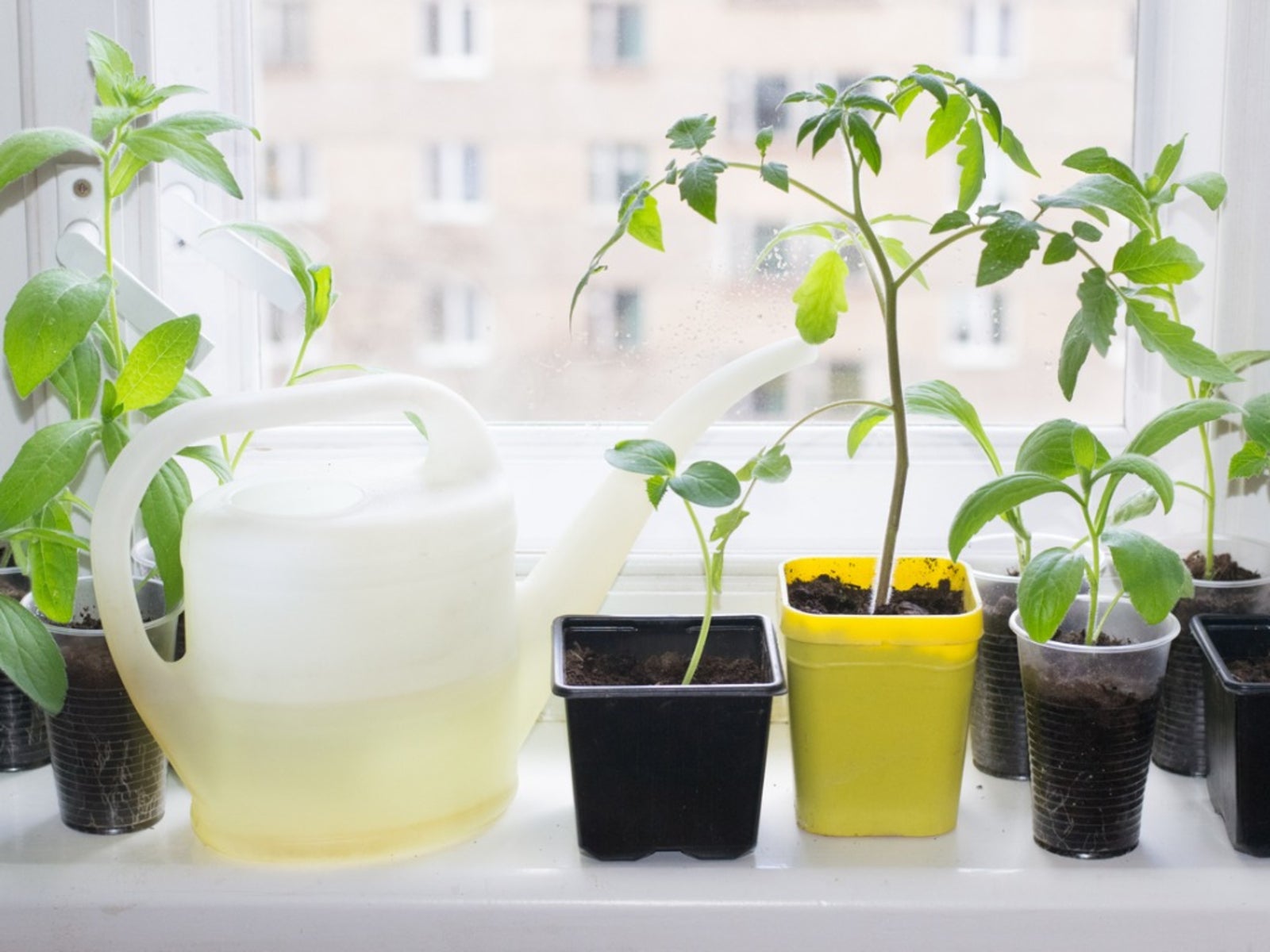Rooting Vegetable Cuttings: Information On Growing Veggies From Cuttings

When you think of growing vegetables in your garden, you probably picture planting seeds or transplanting seedlings. But for gardeners who have a relatively long summer and autumn, there's a third option: growing veggies from cuttings. This unusual method of vegetable plant propagation works by taking cuttings from the best plants in your garden and rooting them, creating small plants that can be transplanted within a couple of weeks. This technique is ideal for expanding your garden in the fall or to create a handy gift for a summer housewarming or barbecue party with the neighbors.
Vegetable Plant Propagation
Growing vegetable plants from cuttings has some distinct advantages. First, you're taking cuttings from the best plants in your garden, so you already know this variety does well in your environment. No worries about whether you get enough sun in your area or if the air is the right temperature. That's all been tested and proven true. Second, rooting vegetable cuttings in the middle of summer gives your garden a new lease on life. Just about the time when tomato and pepper plants start to look a little ragged from producing all summer, a fresh new crop of plants arrives looking strong and healthy. Finally, cuttings are much quicker to produce than plants from seeds. In most cases, you can grow from a bare cutting to a rooted plant ready to go in the ground in just 10 to 14 days.
How to Root Vegetable Cuttings
Not all plants work with this propagation method. When you practice how to root vegetable cuttings, you'll find that woody plants work best, like tomato and pepper. These long-season plants do well when started in mid-summer for a late autumn crop to extend the gardening season. Cut a healthy stem from the plant, about halfway between the soil and the top. Slice the cutting from the plant right where the branch meets the main stem. Use a razor blade or very sharp knife, and wipe it with alcohol first to kill any disease organisms that might lurk on the surface. Dust the end of the cutting in rooting hormone powder and place it in a hole pushed into a pot full of regular potting soil. Keep the cutting watered and place the pot in a bright spot in the house. Your tomato and pepper branches will form roots within a week or so, and will be ready to transplant or give as a gift within two weeks.
Sign up for the Gardening Know How newsletter today and receive a free copy of our e-book "How to Grow Delicious Tomatoes".